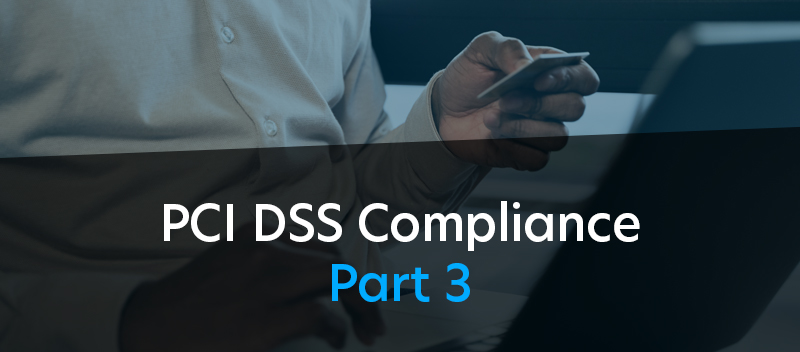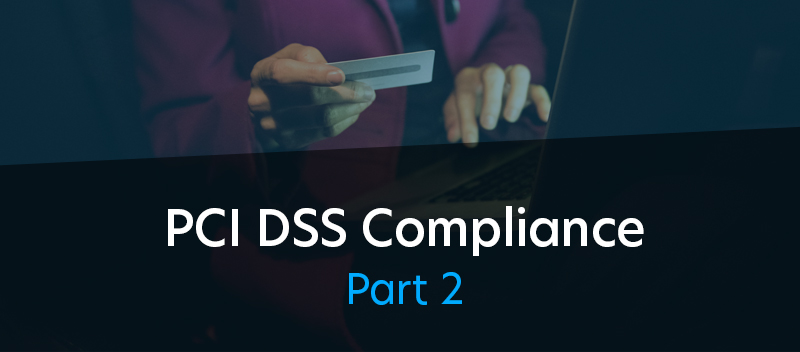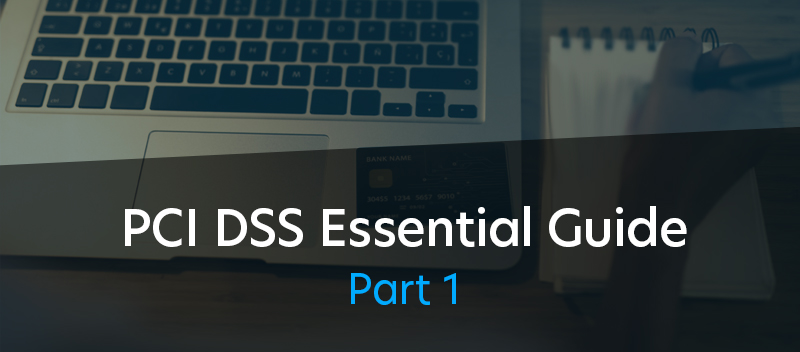Blog Qualitative vs. Quantitative Risk Assessments in Cybersecurity
Qualitative vs. Quantitative Risk Assessments in Cybersecurity

Assessing the risks within your cybersecurity system is one of the key priorities to address when conducting an ISO 27001 project or a related audit.
It can be accomplished using quantitative risk analysis, qualitative risk analysis, or a combination of the two. Before you and your management team decide on the strategy you will use and start the process, learn about the benefits and differences between qualitative and quantitative risk analysis concepts.
Qualitative Risk Analysis Defined
As the name suggests, a qualitative risk assessment is more subjective. It depends upon the perspectives of interested parties regarding the possibility of risks arising in the business. It seeks to measure their impact on the enterprise’s reputation, financial outlook, and other aspects. In order to measure these elements, assessors give perceived risks numerical values that are easy to work with regardless of IT knowledge level.
The qualitative risk analysis evaluation method can and should be performed on all risks because it provides easily obtainable, valuable information. On the downside, qualitative risk analysis can easily fall victim to the biases of the people providing their opinions. As a result, the scope of usefulness of qualitative risk analysis is usually limited to internal processes.
Quantitative Risk Analysis Defined
Quantitative information security risk assessments use factual data that can be measured mathematically or via other computational techniques. When the probability or impact of risk is measured, the quantitative risk analysis procedures can be easily replicated by anyone, even those outside the company. The results are often stated in monetary terms and show how much money the organization may lose as a result of the identified risks.
This is where terms such as Single Loss Expectancy (SLE), Annual Rate of Occurrence (ARO) and Annual Loss Expectancy (ALE) values can be assigned. Due to the measurability and replicability of its data, a quantitative risk analysis is one of the most reliable and effective tools to perform because it provides precise information that company leaders can use to determine both the impact of risks and the amount of resources they should plan to invest in their remediation solutions.
The main fault of quantitative analysis lies in data flaws. In many cases, there is insufficiently detailed information on hand to be utilized to develop a successful quantitative risk management strategy. Without valid data, these types of projects may yield unusable results or fail altogether.
For more on our cybersecurity and compliance services, Click Here
The Best of Both Worlds
Fortunately, you do not necessarily need to think in terms of qualitative vs quantitative risk analysis; it is, in fact, possible to combine the processes and thereby take advantage of the benefits of both. In general, it is most helpful to begin with the qualitative risk analysis approach.
One of the easiest methods to find issues is to talk to employees; this may help you learn a lot about possible hazards. The qualitative risk management methodology gives you a way to gain an understanding of the potential problem areas involved so that they can be prioritized according to importance.
The next thing you can do is put into practice a thorough quantitative risk analysis methodology that uses information that is more quantifiable and less biased to examine the most worrying risks. These results can then be used internally or provided to a certification auditor conducting further compliance assessments.
Strengthening Your Information Security with TrustNet
Regular implementation of an ISO 27001 risk assessment should be a critical component of protecting your company’s information security system against vulnerabilities and risks. Careful planning and judicious use of numerous assessment techniques based on both qualitative and quantitative information are some of the best ways to know how to utilize your resources.
In a business climate where financial assets are at a premium and automated monitoring strategies are inadequate, conducting a robust risk assessment just might be one of the smartest steps you ever take.
TrustNet’s proficiency and experience with conducting comprehensive ISO 27001 risk assessments help you navigate the complexities of information security, providing you with the confidence that your assets are safe and secure.
Protect your business with TrustNet’s tailored risk assessments. Talk to an expert today.




